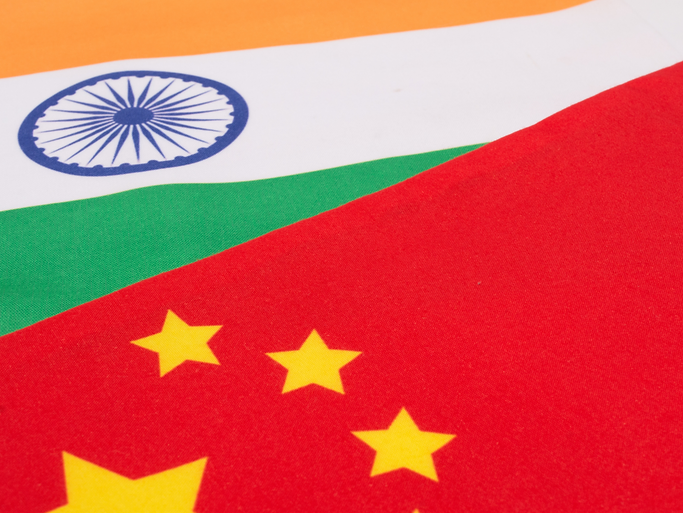A rising stock market makes good headlines – and allows the rubbish to get swept under the carpet. In fact, it allows more rubbish to be created only to be hidden again.

So many of the well-travelled and well-quoted captains of industry gamed the willing-to-be-greased system. They played to the full-house gallery of “India is a super power” fans. In doing so, India’s legendary list of suspects built up their personal - mostly questionable - wealth. The freckled, bespectacled schoolgirl with braces turned out to be the head of an over ground, legitimate enterprise that would make the Colombian drug lords weep with shame.
Within this Love Boat mentality, the more rational views were submerged. India, we argued:
1) Would not sustain long term growth rates of 8% plus, a 6.5% to 7% long term rate was more rational;
2) While there was an infrastructure story, there was also a distortion of costing; national assets (coal, gas, iron ore, real estate, spectrum) were being given away at throw away prices to a favoured few and would not stand the test of changed government regimes – or of court challenges;
3) While Goldman was pushing its “demographic dividend” xl sheet, we argued that there was no job creation to actualise that flawed expectation; in fact, that may be a liability and – in our view – the real risk to the “India story”;
4) While there is the case for a surge in consumption due to rising rural and urban incomes, the naïve Indian businessmen – fuelled by cheap and plentiful credit – were over reaching themselves with mall construction or even IT office space;
5) Despite all the heroics at Davos, the reality is that India was a work-in-progress economy for the next 20 years; the reality of feeding 200 million poor and helping them climb up the economic ladder would result in fiscal deficits, higher inflation, and a weak currency; India, we argued, was not a typical Asian exporter with a strong currency;
6) The Fed and US interest rates were the other big risk to India; a failure of successive governments to harness the USD 500 billion of domestic savings into India’s capital markets made India excessively reliant on Uncle Ben and his periodic habit of sneezing.
The Real Opportunity
Underpinning all this “worry” and “opportunity” is something real: the movement of hundreds of millions from lower levels of consumption to a higher level of consumption. Unlike the meticulously planned China model or the well-lobbied US model, this movement in India was chaotic and random. A combination of Schumpeter’s creative destruction and the randomness of Brownian movement, spiced with Russian-style (or Wall Street style) crony capitalism. Within this chaos, we had to find high integrity managements who would be able to build solid businesses – and buy these liquid stocks at attractive valuations.















